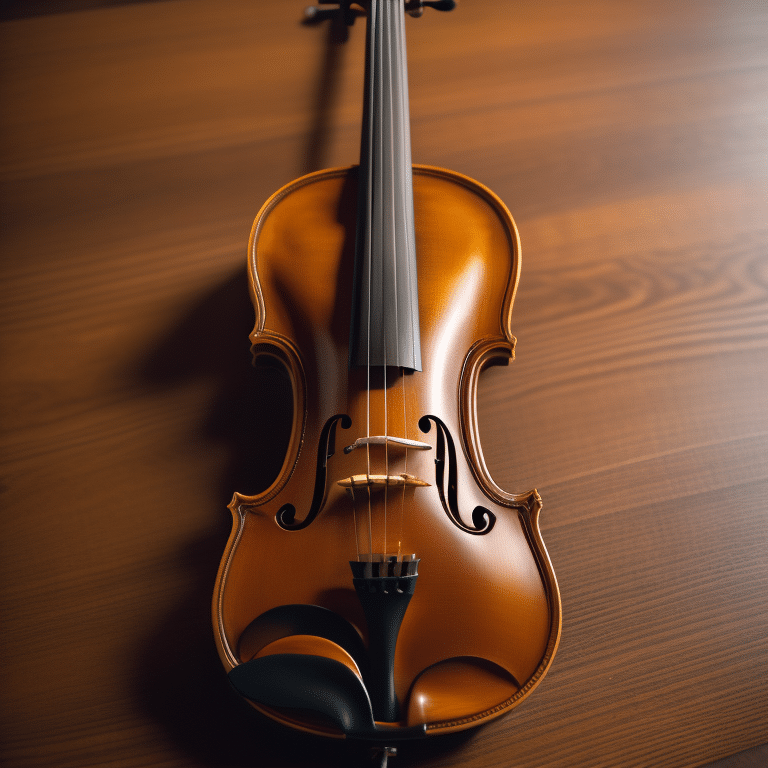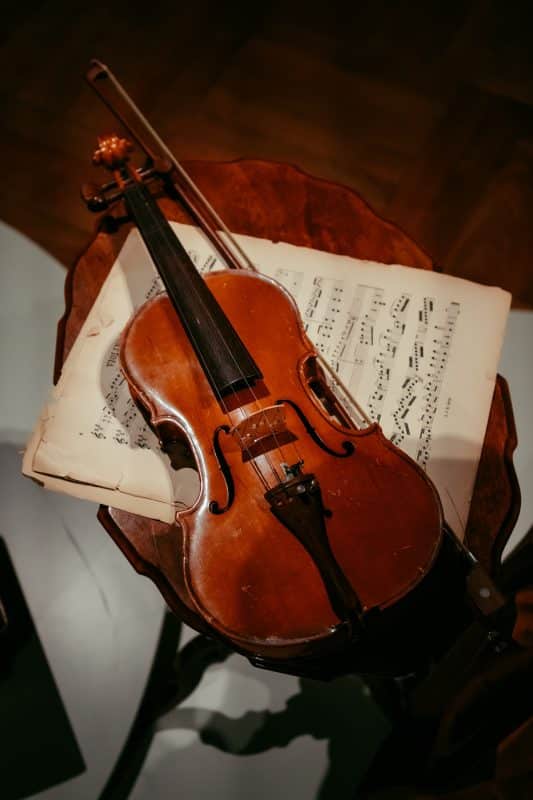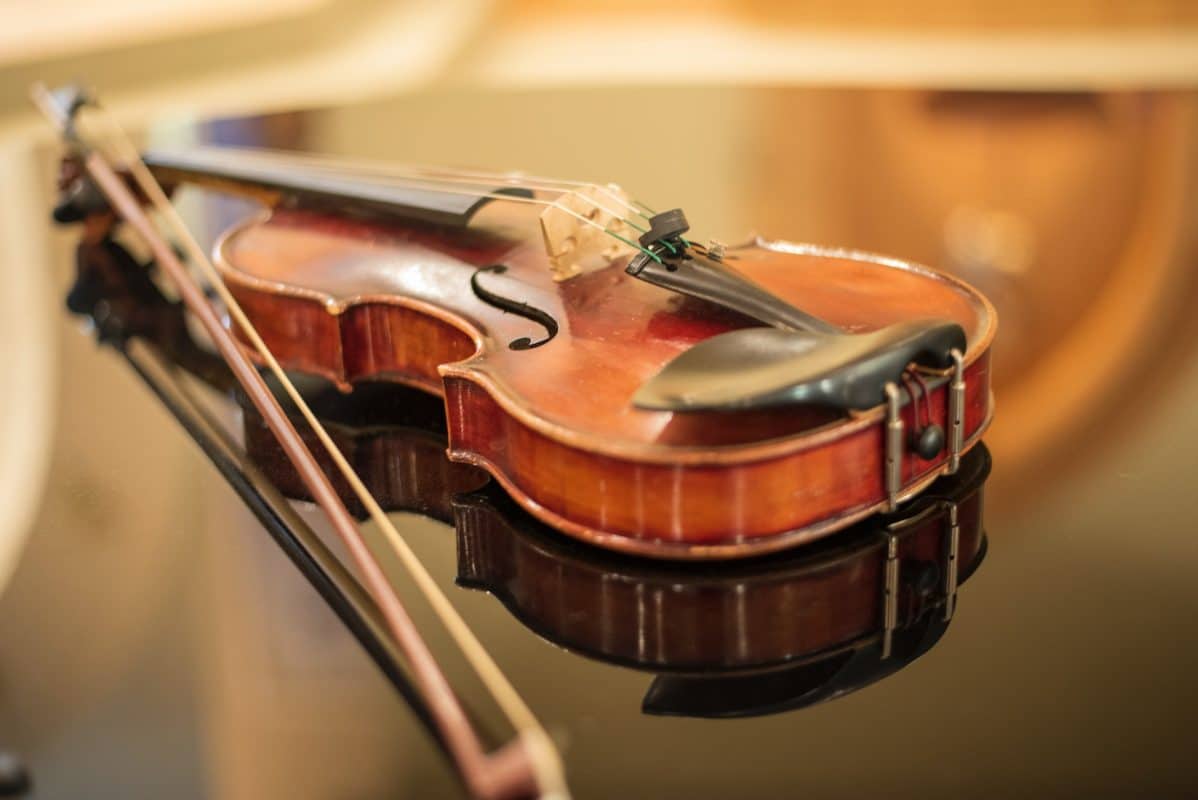Rosin plays a crucial role in the life of a wedding violinist, akin to the importance of chalk to a rock climber or yeast to a baker. It’s the magic ingredient that ensures your violin sings beautifully at every wedding.
Today, we’re diving deep into the art of rosining your bow, ensuring both your rosin and instrument remain in pristine condition.
Why Rosin Matters
Firstly, selecting the right rosin is essential. While many violins come with their own rosin, these are often not of the highest quality, being dry and brittle. Fortunately, excellent rosin is available online for under £20, a small price for a significant upgrade to your sound.


How to Hold and Apply Rosin
Holding Your Rosin
Hold your rosin like a precious taco, especially if it’s wrapped. This method protects your fingers from stickiness and preserves the rosin. Avoid unwrapping it entirely to prevent damage.
The Art of Applying Rosin
Using what I term the “semiquaver technique,” or “16th note technique” in the States, is perfect for bows that are freshly rehaired or brand new. This method ensures even application across the bow hair but requires patience, taking a few minutes to complete.
Evenly Distributing Rosin
An evenly rosined bow is key to a smooth, rich sound. A simple, albeit unorthodox, method involves using a toothbrush to spread the rosin evenly across and between the bow hairs. This technique helps avoid the pitfall of applying too much rosin, which can harm both the bow and the violin.
Testing the Sound
Knowing the right amount of rosin is crucial. It should feel grippy, allowing for a controlled sound when playing slowly. The aim is to achieve a sound that grips the strings effectively without being overly harsh.
Daily Maintenance
For daily upkeep, a few strokes of rosin, followed by the toothbrush technique, can maintain the optimal level of rosin on the bow. This simple routine ensures your bow is always ready to produce the beautiful, gripping sound essential for a wedding violinist.
Dark vs. Light Rosin
Choosing between dark and light rosin is a matter of preference. Darker rosins tend to be softer and stickier, offering a grippier feel that translates to a richer sound. Light rosin, on the other hand, can produce a more brilliant tone but may not grip the strings as well.
Is Switching Rosins Okay?
Switching rosins is not recommended unless starting with a freshly rehaired bow. Mixing rosins can muddy the effects, making it hard to appreciate the unique qualities of each type.
In conclusion, mastering the application of rosin is a fundamental skill for any violinist for weddings, ensuring your performances are as mesmerizing as the ceremonies you play at.
With the right approach, you can enhance the longevity of your bow and violin, all while elevating your sound to new heights. Now, armed with these insights, the next logical step in your musical journey is to fine-tune your instrument and dive into practice, perhaps starting with some Paganini for a true challenge.
Happy practising!

